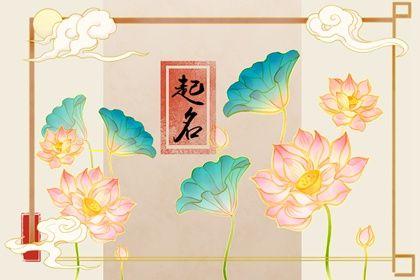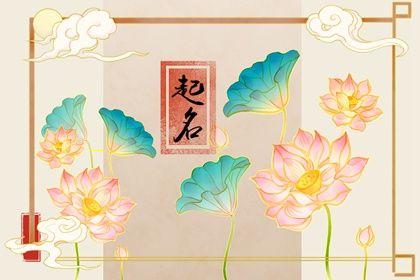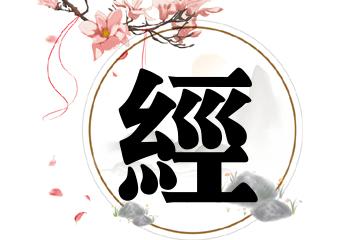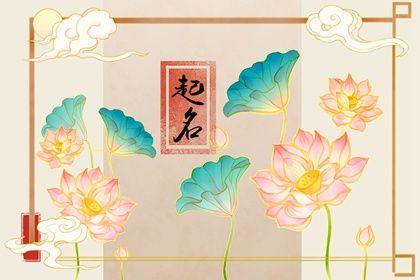如何为幼儿作品起一个精妙的名字
- 作者: 刘思颖
- 来源: 投稿
- 2024-09-20
一、如何为幼儿作品起一个精妙的名字
考虑作品的主题和内容描述性直接描述作品中描绘的场景或物体,例如“彩虹上的小鸟”或“跳舞的树”。
象征性使用象征或隐喻来传达作品的更深层含义,例如“希望之光”或“梦想的翅膀”。
情绪性捕捉作品所传达的情绪或感觉,例如“快乐的时刻”或“宁静的早晨”。
使用生动而具体的语言感官语言:使用描述感官体验的词语,例如“闪亮的”、“柔软的”或“香甜的”。
动作动词:使用生动的动词来描述作品中的动作,例如“飞翔”、“跳跃”或“旋转”。
比喻和拟人化:使用比喻和拟人化来赋予作品生命力,例如“云朵像棉花糖”或“树木在风中窃窃私语”。
保持简洁明了简短而有力的:标题应简短而有意义,通常不超过 5-7 个单词。
避免冗余:不要重复作品中已经明显的信息。
使用强有力的动词:使用强有力的动词来吸引读者的注意力。
考虑幼儿的理解力使用熟悉的单词:选择幼儿熟悉的单词,避免使用复杂的或抽象的语言。
保持简单:标题应易于理解,不应包含太多细节或隐喻。
考虑发音:选择发音容易的单词,以便幼儿可以轻松地说出来。
其他提示征求反馈:向其他成年人或幼儿征求对标题的反馈。
使用头脑风暴:与幼儿一起头脑风暴,提出不同的标题选项。
让标题与作品相匹配:标题应与作品的整体风格和基调相匹配。
二、如何为幼儿作品起一个精妙的名字英语
How to Craft a Captivating Title for a Young Child's Artwork
1. Capture the Essence:
Consider the artwork's theme, subject matter, and overall mood.
Use descriptive words that evoke the child's imagination and emotions.
2. Use Sensory Language:
Engage the senses by incorporating words that describe colors, textures, shapes, and sounds.
For example: "Rainbow Symphony," "Twirling Leaves," "Sparkling Stars."
3. Play with Perspective:
Encourage the child to share their perspective on the artwork.
Use phrases like "My Dreamy World," "Through My Eyes," or "My Magical Adventure."
4. Incorporate the Child's Name:
Personalize the title by including the child's name or initials.
For example: "Emily's Enchanted Forest," "Jackson's Superhero City."
5. Use Figurative Language:
Add a touch of creativity with metaphors, similes, or personification.
For example: "Dancing Flowers," "Whispering Trees," "The Sun's Golden Smile."
6. Keep it Concise:
Aim for a title that is short and memorable, around 5-10 words.
Avoid using unnecessary adjectives or phrases.
7. Encourage Collaboration:
Involve the child in the naming process.
Ask them for their ideas and suggestions.
8. Consider the Audience:
Think about who will be viewing the artwork.
Use language that is appropriate for their age and understanding.
9. Be Creative and Unique:
Don't be afraid to experiment with different titles.
Encourage the child to express their individuality and imagination.
10. Have Fun:
The most important thing is to enjoy the process of creating a captivating title.
Let the child's creativity and your own imagination guide you.

三、如何为幼儿作品起一个精妙的名字呢
考虑作品的主题和内容探索作品中描绘的物体、人物或场景。
确定作品传达的情绪或信息。
使用生动的形容词和动词
选择能准确描述作品特征的形容词,如“闪亮的”、“蓬松的”、“欢快的”。
使用动词来捕捉作品的动态或动作,如“跳跃”、“飞翔”、“闪耀”。
借鉴自然界从自然界中寻找灵感,如“彩虹”、“花朵”、“蝴蝶”。
这些元素可以唤起幼儿的想象力和好奇心。
使用拟人化将人类特征赋予作品中的物体或动物。
这可以使作品更具吸引力和趣味性,如“微笑的太阳”、“跳舞的树”。
考虑幼儿的语言发展选择幼儿容易理解和发音的单词。
避免使用复杂的或抽象的术语。
保持简洁作品的名称应简洁明了,易于幼儿记忆。
避免使用冗长的或复杂的句子。
征求幼儿的意见询问幼儿他们对作品的看法,并征求他们对名称的建议。
他们的想法可以提供有价值的见解和创造力。
示例闪亮的星星(描绘夜空中闪亮的星星)
快乐的小鸟(描绘一只欢快地唱歌的小鸟)
彩虹的微笑(描绘彩虹的弧形,让人联想到微笑)
跳舞的树叶(描绘风中摇曳的树叶)
微笑的太阳(描绘一张带有微笑的太阳脸)
四、幼儿作品名字贴图片大全
动物小猫
小狗
小鸟
小鱼
小兔子
水果
苹果
香蕉
橘子
草莓
西瓜
蔬菜
胡萝卜
西红柿
黄瓜
茄子
土豆
交通工具
汽车
火车
飞机
轮船
自行车
人物
爸爸
妈妈
爷爷
奶奶
老师
自然
太阳
月亮
星星
云朵
彩虹
其他
房子
树木
花朵
玩具
书籍




